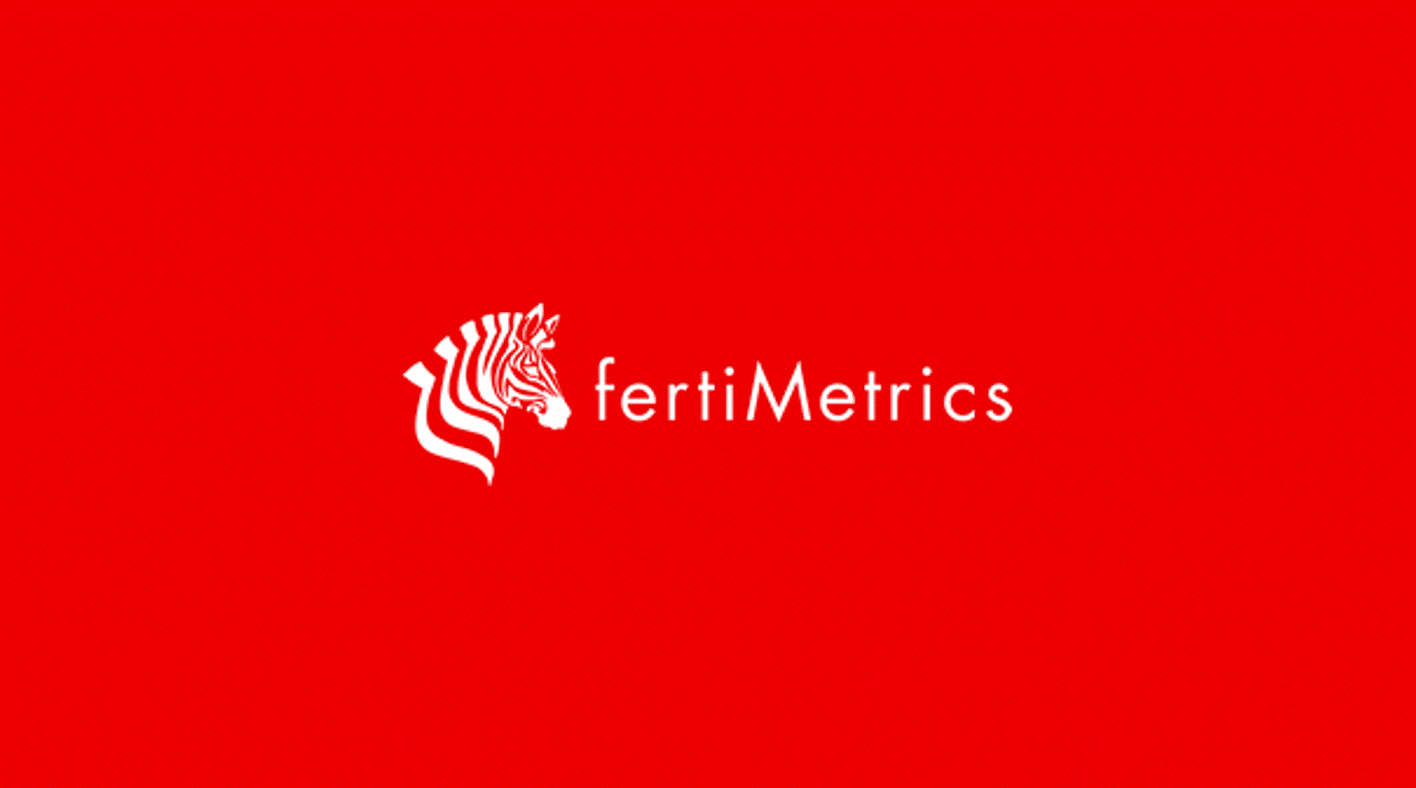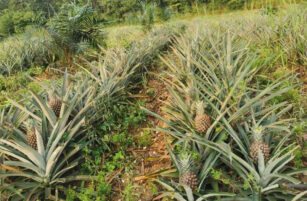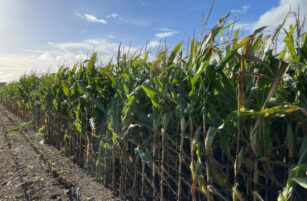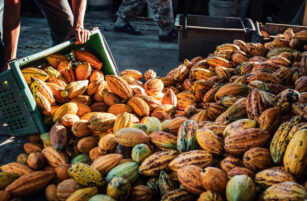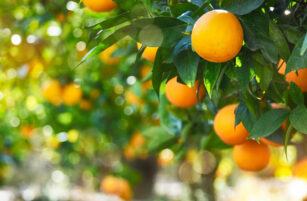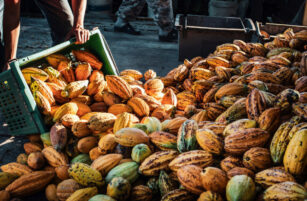Insight Focus
- Urea prices still falling after India tender.
- China increasing urea production capacity.
- More positive ammonia market on strong demand.
The fallout from the India August 9th urea tender where 3.4 million MT of urea was offered against India buying 1.759 million metric has continued with prices falling in all major markets.
Pupuk Holding held a sales tender this week and achieved USD 392 PMT FOB for an Australia destined cargo versus USD 414.50 PMT FOB paid on the previous tender.
NOLA US market fell around USD 25 short ton this week with prompt bargers trading around the USD 355-365 short ton range giving netbacks to the Middle East of between USD 349-360 PMT versus sales to the India tender giving a netback of around USD 380-385 PMT FOB.
TFC of Taiwan concluded a small prilled urea tender this week giving an estimated netback to China of around USD 360 PMT, this compared to the most recent India tender netback of around the USD 375-380 PMT range.
The outlook for the urea market is in the hands of the buyers now in the driving seat with Europeans still being on holidays and Brazil getting lower priced urea from Nigeria, Iran and Russia.
China July urea exports were 324,000t, up 173,000t from July 2022. India was the main recipient with 61,000t followed closely by Myanmar with 56,000t. Another 50,000t were shipped to Ethiopia while 44,000t were committed to Australia. January-July exports were 1.33m. tonnes, up 457,000t or 52% year on year. However, export volumes remain well below the 2.67m. tonnes shipped over the same period in 2021. India was the main outlet with 226,000t. Of note, the volumes shipped to India are in line year on year. South Korea took 196,000t followed by Myanmar with 134,000t. Another 111,000t were shipped to Australia.
On another note, urea production capacity in China will increase around 4 million MT in 2023 and another 6 million MT in 2024. However, although these increases will for the most part replace old inefficient capacities, it is expected that China will increase the annual urea capacity in 2027 to 75 million MT up from 67.5 million at current.
New Zealand January-July urea imports were 159,000t, down 86,000t or 35% year on year. The bulk of the volumes, 126,000t, arrived from Saudi Arabia with another 28,000t arriving from Malaysia. In July, 32,000t were imported, nearly all of which arrived from Saudi Arabia.
The outlook for the urea price is bearish over the next few months. The Chinese domestic market is coming to an end in August and it is expected that China will be present in the international market following up on the surprising 1.1 million MT to be supplied to the India tender with shipment by September 26.
The processed phosphate market appears to be cooling off with DAP prices in India settling in at USD 555 PMT CFR. On the back of Q3 tight supplies from China, OCP of Morocco stepped up and supplied to India as well as Ma’aden of Sadi Arabia. From January to July India imported 3.03 million MT vs 2.247 million MT in 2022, an increase of 37.2%. China exports January – July this year is up 78.3% vs 2022 with 2.9 million MT versus 1.6 million MT.
MAP exports from China went up 7% to 1.126 million MT vs 1.036 million MT.
China is expected to come back into the market in Q4 unless the Chinese government restricts exports.
Looking ahead, OCP of Morocco will increase its granular phosphate production in 2023 by 2 million MT on top of the 1 million MT increase in 2022. In addition, Ma’aden of Saudi Arabia is planning stage 3 of its processed phosphate production with an additional 3 million MT over the next five years leaving total production at 9 million MT. With these increases Chinese exports will most likely face stiff competition in the future on the India market and others.
The potash market this week was a mixed bag with Brazil prices on granular MOP assessed at between USD 350-360 CFR with suppliers looking for higher levels. Chinese domestic MOP prices increased on the back of increased demand from NPK producers as well as tight supply. Chinese imports of MOP in the June to July period this year increased 30.6% from 4.8 million MT in 2022 to 6.250 million MT in 2023. Major suppliers were BCP of Belarus, ACP of Jordan and ICL of Israel with Canada and Russia taking a back seat.
K+S MOP producer of Germany increased its global exports by a whopping 437.7% to date in 2023 with a volume of 1.588 million MT vs 437.7 KT in 2022.
SE Asia standard MOP market is under pressure on the back of the most recent Indonesia tender result of USD 306 PMT CFR. Buyers are pushing for lower prices and the assessed range is now between USD 290-320 PMT CFR.
All eyes on the ammonia market are now on the September Yara-MOSAIC price settlement which is expected to increase substantially from the August settlement of USD 295 PMT CFR. On the back of increased prices in Algeria, Europe and the Middle East, some expect prices to be closer to USD 400 PMT CFR.
European TTF prices settled at USD 11.70 mmBtu on August 24th making the cost of production in Europe vs import prices narrowing to within USD 30-40 PMT range with imports at between USD 420-430 CFR and production cost estimated at around USD 460 PMT.
China has again become a net importer of ammonia with the January to July volume increased to 449.1 KT vs 155.4 KT in 2022. Exports increased also from a low 28 KT in 2022 to 144.1 KT in 2023, an increase of 414.5%
The outlook for the ammonia market is that of higher prices on the back of increased demand.
